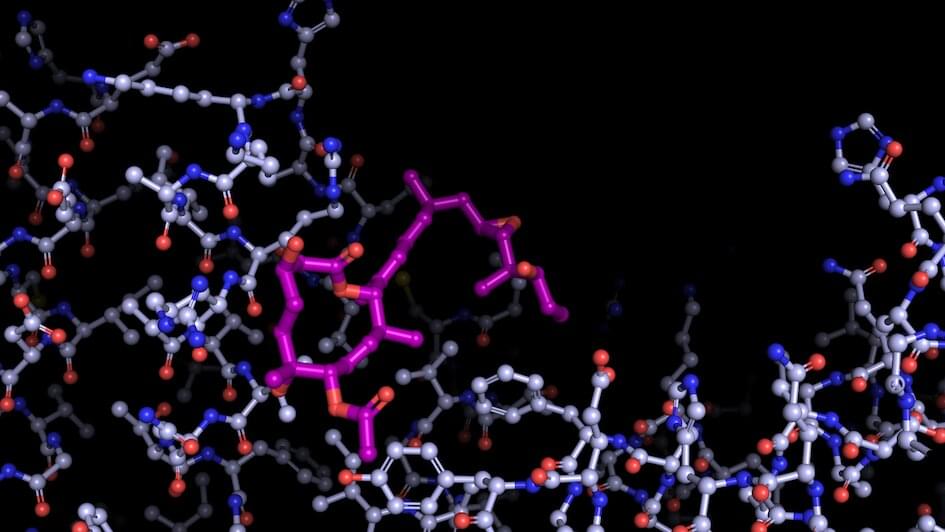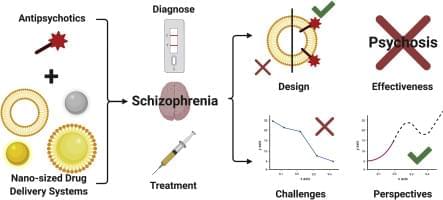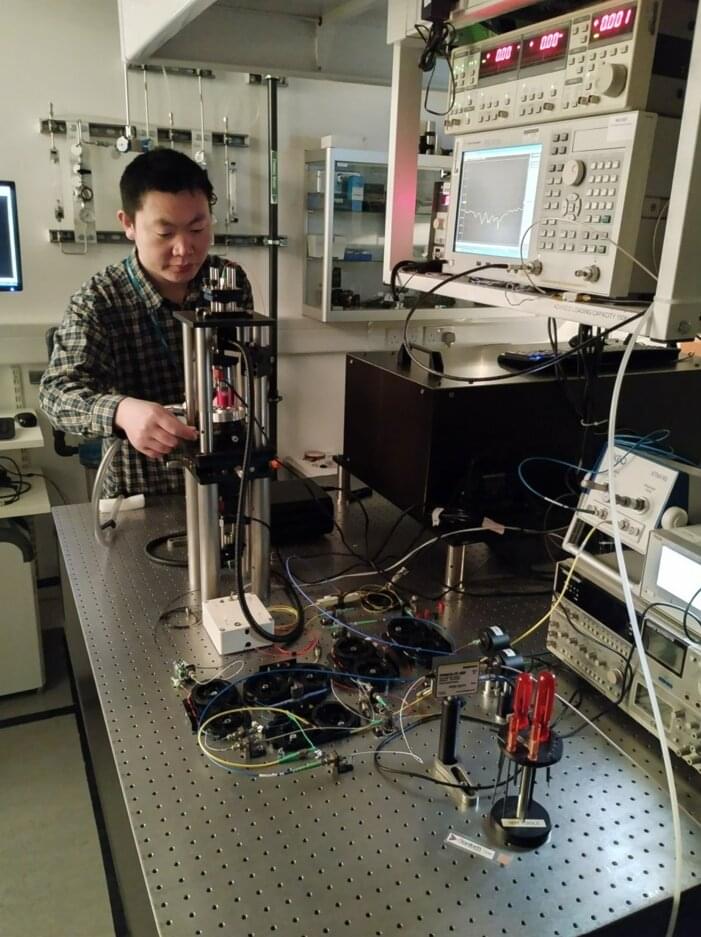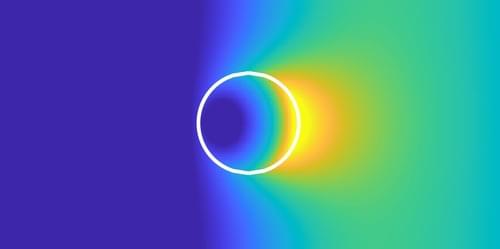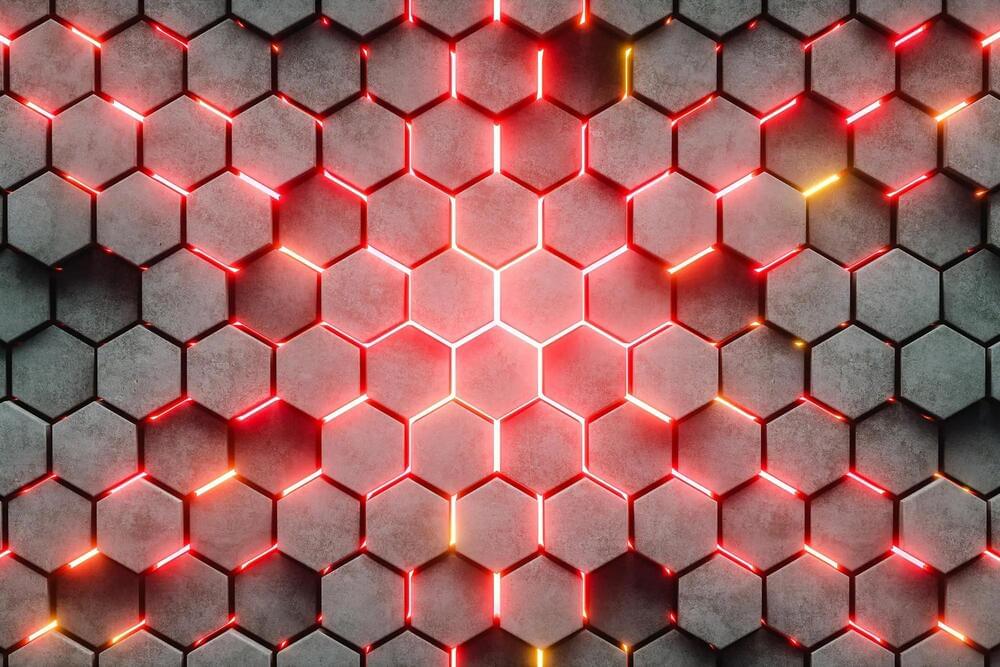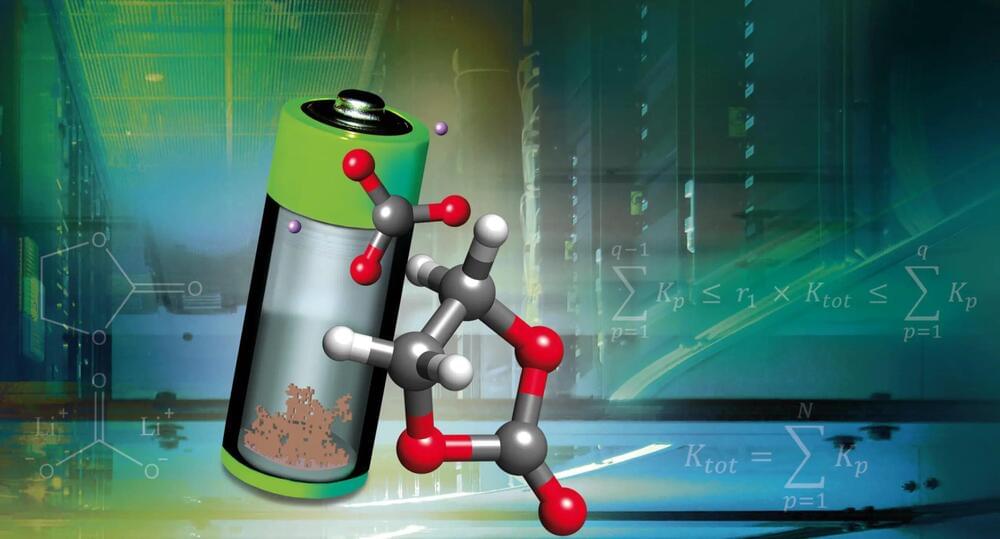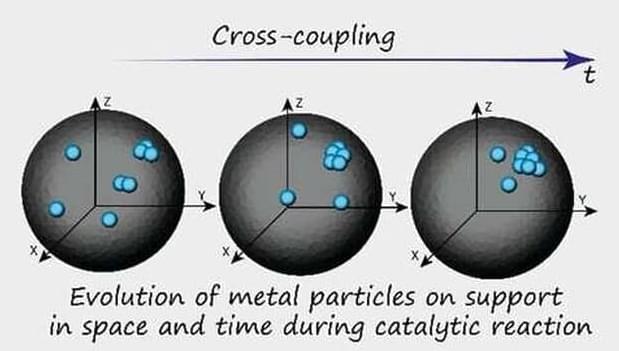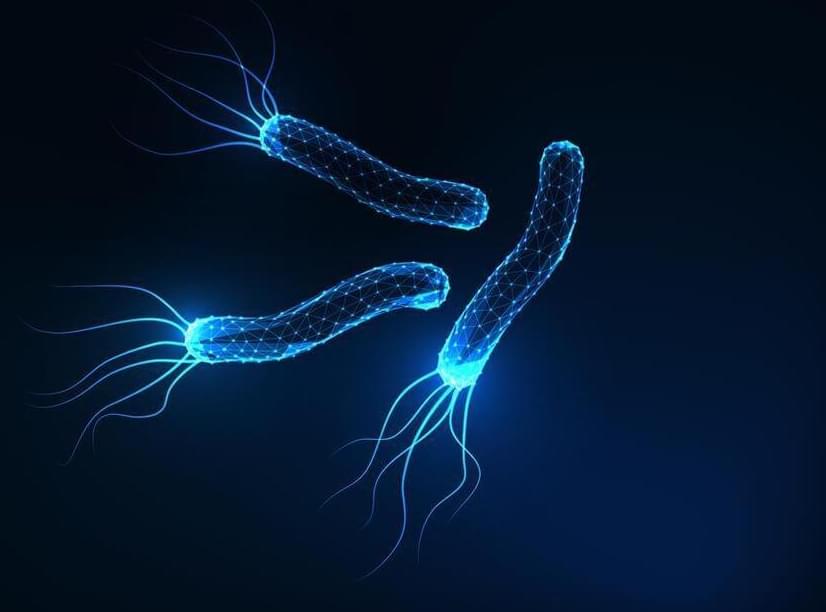May 12, 2023
Early diagnosis of Alzheimer’s: Ultra-long protein fibrils give clues on dementia risk
Posted by Shubham Ghosh Roy in categories: biotech/medical, chemistry, nanotechnology, neuroscience
The early detection and treatment of dementia such as Alzheimer’s is still one of the great challenges of modern medicine. It is already known that certain proteins in the cerebrospinal fluid can be used to diagnose Alzheimer’s disease. However, the current detection methods for such biomarkers by means of biochemical tests can only confirm and quantify the presence of such pathological proteins. No conclusions can be drawn about their original morphology of the proteins using biochemical assays, which holds information on disease stages.
However, such information if obtained directly in a label-free manner could allow conclusions to be drawn about the stage of the disease and evaluate the efficiency of a prescribed treatment. A team from the Transport at Nanoscale Interfaces Laboratory at Empa and the Department of Neurology at the Cantonal Hospital in St. Gallen has now used atomic force microscopy (AFM) to visualize the proteins that are indicative of Alzheimer’s disease under conditions that are as close to reality as possible. The researchers recently published their results in the journal Communications Biology.
With the new study, the researchers add another piece of the puzzle to their insights into Alzheimer’s development and diagnosis.

